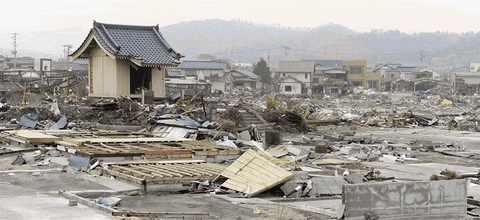
After the tsunami disaster took place in Japan several years ago, the government and Tepco decided that they were going to release the contaminated water into the Pacific ocean and it's still reportedly flowing into the ocean to this very day.
But was this a necessary move? Could there have been alternative options that might have been superior? That's what a new report from Greenpeace argues, they allege that the government and Tepco had made the decision to allow the water to be released into the ocean because of short-term cost-cutting motivations.
As well, there are various reports that suggest that while Tepco had insisted for years that the water had been decontaminated and that their purification process would remove radioactive elements from the water, it turns out that might not have been the truth. Tepco previously apologized for this.
They wanted to save money..
They claim that they stand with fisheries and local communities who are strongly opposed to dumping contaminated water into their fishing grounds.
Nearby residents have accused Tepco of failing to adequately investigate reports concerning the levels of radionuclides that were still alleged to be in the water even after it had been treated.

Nearby countries have also voiced concern that dumping the water might threaten their own region and neighboring nations.
Many are still nervous about accepting or consuming imports of food and other items that are coming from the region as well, though there is a growing number of countries that have lifted their ban on imports from the region.
This entire endeavor has been an extremely costly ordeal and reports suggest that they are still years away from finishing with the clean up of the surrounding area, including all of the contaminated water and soil etc.
There are some countries who have started accepting imports again recently, Thailand being one of them.
Tourism is already reportedly on the rise and businesses along with residents in the region who have returned are hoping that soon new life will be brought back to the area.
Pics:
pixabay
giphy
